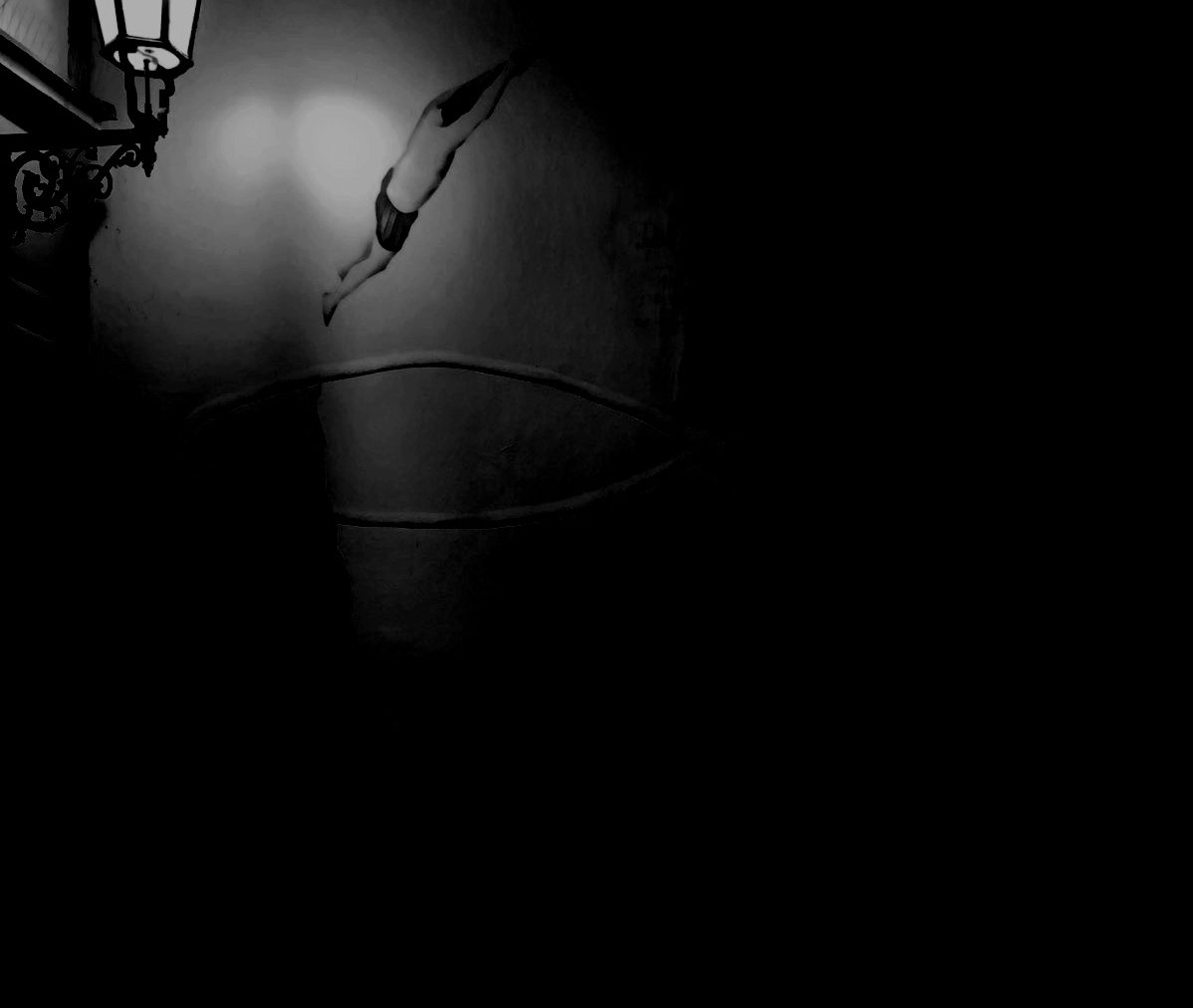The term “transcendence” indicates a movement; a movement taking place between two points, perhaps more, a movement away from one point, toward and into another point, the other points.
Transcendence is thus the going of consciousness outside of itself into that toward which it is turned, into that to which it is directed. Consciousness constantly moves outside of itself, toward and into its object, the object of which it is conscious. Consciousness must move outside of itself because only in this movement, which is directed toward the outside, it occurs and announces itself. But what does that mean?
Transcendence: Consciousness as nothingness
Transcendence occurs, according to Sartre, because the “for-itself”, that is, consciousness, is a nothingness. Consciousness, for Sartre, is what it is not and is not what it is. This means that there is a space, a distance, separating the “for-itself” from itself and thereby not only making possible, but necessitating this moving toward and into the outside, which takes place as transcendence.
Sartre says that the “for-itself” is this transcendence of itself and occurs only as transcending. That is, the nothingness of consciousness delivers it constantly into this inescapable moving outside of itself. Every relation into which the “for-itself” is brought is a relation of transcendence, a relation in which the “for itself” moves outside of itself and toward its object.
Sartre gives an example of knowing, of knowledge: “It is the very being of the for-itself in so far as this is presence to–”. This means that because consciousness is always conscious of something, the “for-itself” is present to the “in-itself” of which it is conscious. Yet the “in-itself” cannot share or respond to this presence.
This means that when knowing or knowledge occurs, consciousness becomes present to the thing known, to the thing to which knowing is directed. That is, consciousness is present to what it is not, to the known object or idea, of which it is conscious in this process of knowing.
According to Sartre, the relation, linking together the “for-itself” and the “in-itself”, shows that the “for-itself” is constantly moving outside of itself, that is, the “for-itself” is always outside of itself. This moving toward and into the outside of itself makes possible and forms the “for-itself”. The “for-itself” constitutes itself only in its moving outside of itself, only in its being a project.
That which characterizes the “for-itself” is that it is a project, a moving toward what it is not, away from what it is. This projecting constitutes consciousness and responds to the distance lying at its heart. Consciousness is as long as it transcends, as long as it moves outside of itself and toward its projects, that is, consciousness is as long as it is not.
For more articles on Sartre‘s philosophy, read What did Sartre say about the body?, or Sartre on Anguish: “We are anguish”, or What does Sartre mean by “being in-itself”?, or Why did Sartre refuse the Freudian Unconscious?

